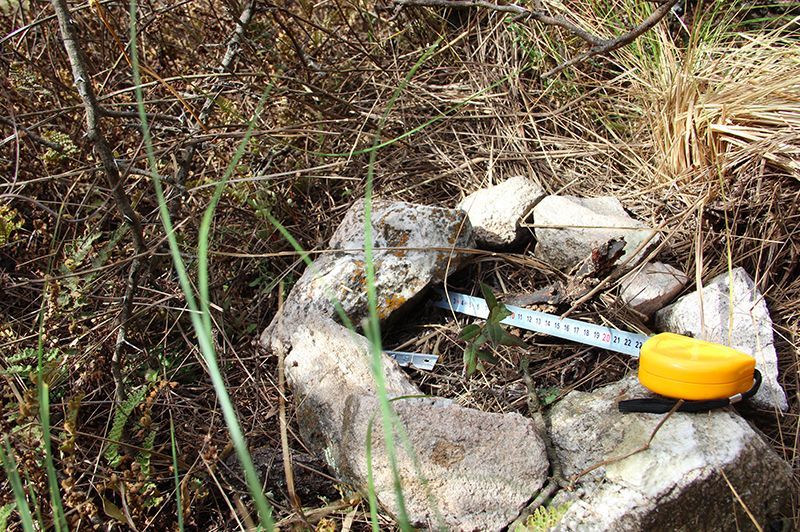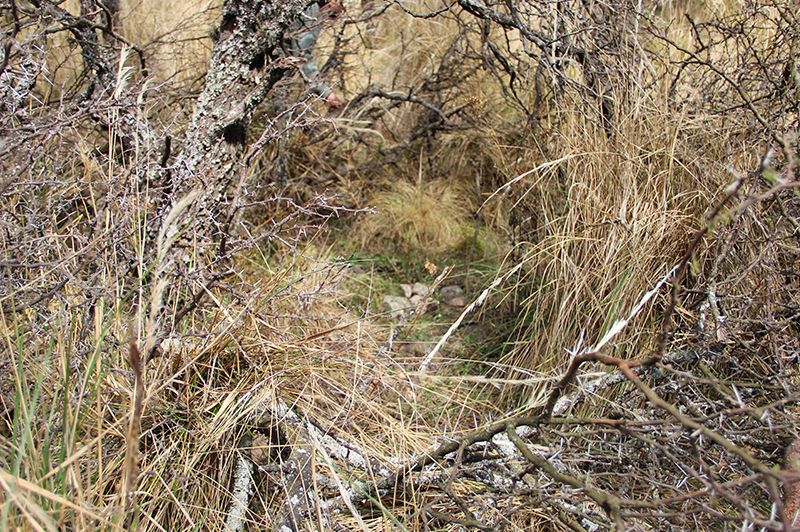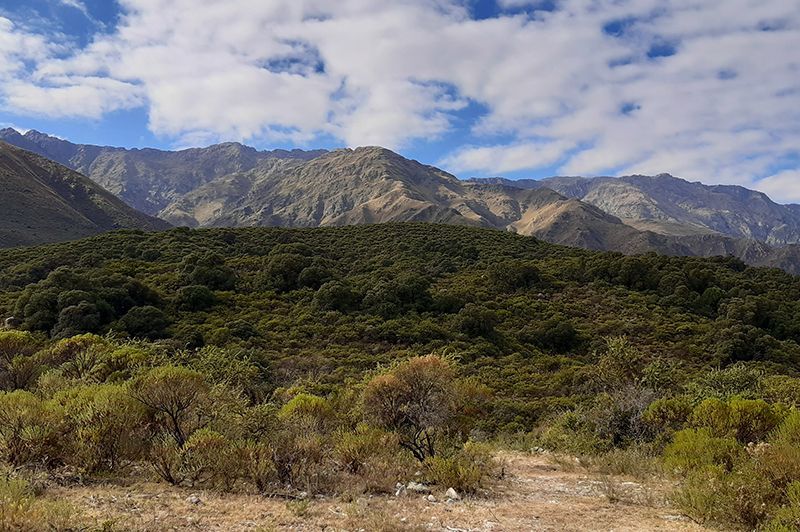Project "Living and Producing in the Chaco Forest" carries out molle tree regeneration activities in the province of Argentina
Córdoba, June 15, 2020. As part of the study and monitoring process developed by the "Living and Producing in the Chaco Forest" project, three properties located in Villa las Rosas (Córdoba) were selected. In each farm, studies were carried out on the state of the native vegetation and the productive system in order to detect possible environmental or productive problems, and to develop, together with the producing families, an action plan that will allow the management of the forest in a sustainable way.
On the productive farms selected as pilot sites for the project, cattle are mostly raised, and the traditional production system of open fields and continuous grazing puts at risk the regeneration of tree species such as the molle, which is key to the maintenance of the mountain forest.
As a result of the studies, failures were detected in the molle regeneration process, which can reach up to 10 meters in height. This species is very important because it grows in ravines and protects the soil near slopes and streams, playing an essential role in providing quality water for productive activities, and for consumption. In addition, it generates habitats for various plant and animal species, so its function cannot be replaced by other trees.
As part of the study, small numbers of young molle trees were also observed, and those found - for the most part - do not exceed 30 or 40 centimetres in height. This indicates that the species cannot grow because cattle feed on its leaves, which is evidence of an interruption in the regeneration process.
 |
| Interruption of molle growth |
In this context, the project "Living and Producing in the Chaco Forest", developed by the National Institute of Agricultural Technology (INTA), which is funded by the European Union, through the EUROCLIMA+ programme, developed a series of activities to promote the regeneration of the species.
Proposal for regenerating molle trees
The challenge was to find practices that would allow the regeneration of molle without excluding the cattle that live on the land, because this would put at risk the sustainability of the productive system and with it the possibility of subsistence for the producing families. In addition, it was decided to use easily accessible materials. To this end, small fences were built, 3 to 4 meters in diameter, using thorny plant material obtained from the pruning of nearby trees and shrubs.
The construction of the fences focused on the surroundings of the water springs, since the native forest in those areas has a fundamental role in providing water for those who live and produce in the forest. These practices are developed to protect young trees for some years until they reach a height greater than 200 cm so that their upper shoots cannot be consumed by cattle, and they continue to grow until they become adult trees.
 |
| Fences for the protection of the molle trees |
As a second measure, reforestation practices were carried out with molle plants of approximately 100 cm in height, produced at the INTA Forestry Station in Villa Dolores (Córdoba). A total of 120 molle plants were transplanted, ranging in height from 75 to 129 cm, and the researchers estimate that they will quickly reach the necessary height to avoid being consumed by cattle. As a first measure, the regeneration of the molle was protected. More than 100 plants were located and preserved, and the first results will be evaluated in September of this year. It should be noted that the young molles that were found showed signs of having been consumed repeatedly by the cattle, since they were no taller than 40 cm and had multiple stems. As they were not protected, it was highly unlikely that they would reach the height that would make their shoots inaccessible to cattle.
For experimental design reasons, all the practices include observations of molles not protected by natural fences. This will make it possible to determine if protection with thorny branches allows the regeneration of this species, a low-cost technique that can also capture sediments and seeds to avoid soil loss caused by intense rains. If this practice proves effective, a certain number of natural fences could be implemented each year, so that the regeneration of molle of different ages can be established in the same plot and in different sectors of the field.
DATA
- The project "Living and Producing in the Chaco Forest" is part of the "Forests, Biodiversity and Ecosystems" sector of the EUROCLIMA+ programme, implemented by EF and GIZ. Learn more about the project here.
- The proposal is led by Laura Cavallero, PhD in Biology and researcher at CONICET; Martín Zarate, Master of Science and researcher at INTA; Francisco Alaggia, biologist and INTA - CONICET fellow; and Luján Ahumada, biologist and CONICET fellow.
About EUROCLIMA+
EUROCLIMA+ is a programme financed by the European Union and co-financed by the Federal Government of Germany through the Federal Ministry for Economic Cooperation and Development (BMZ), as well as by the governments of France and Spain. It aims to reduce the impact of climate change and its effects in 18 Latin American and Caribbean countries by promoting climate change mitigation and adaptation, resilience, and investment. The Programme is implemented under the synergistic work of seven agencies: the Spanish Agency for International Development Cooperation (AECID), the French Development Agency (AFD), the Economic Commission for Latin America and the Caribbean (ECLAC), Expertise France (EF), the International and Ibero-American Foundation for Administration and Public Policy (FIIAPP), the German Society for International Cooperation (GIZ), and UN Environment.
Contact for more information: This email address is being protected from spambots. You need JavaScript enabled to view it.



